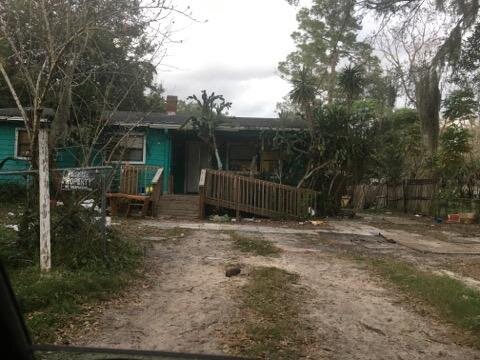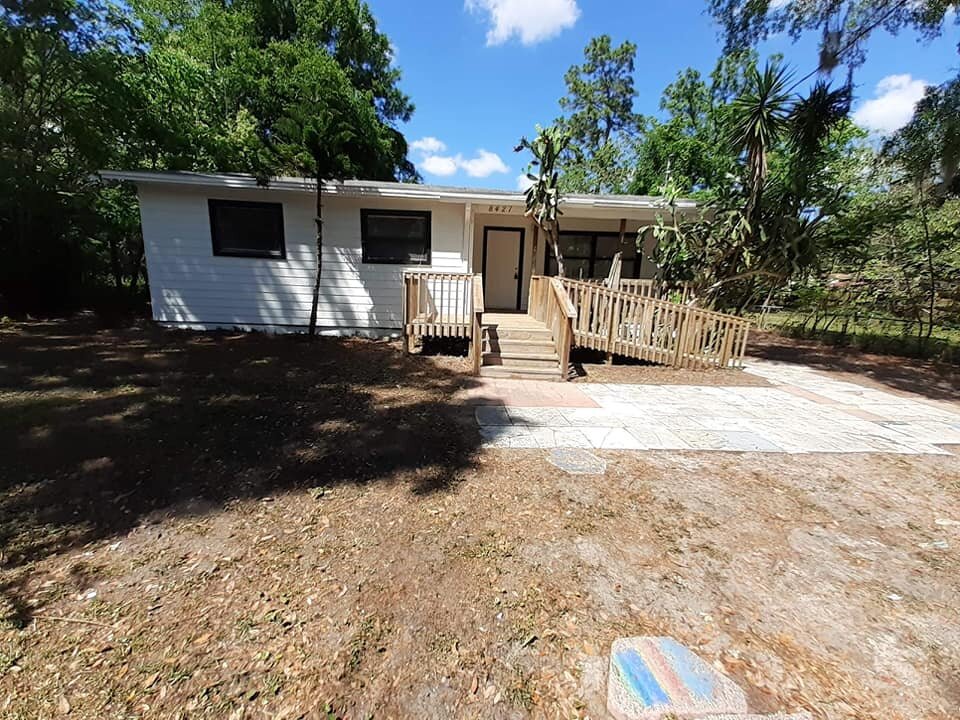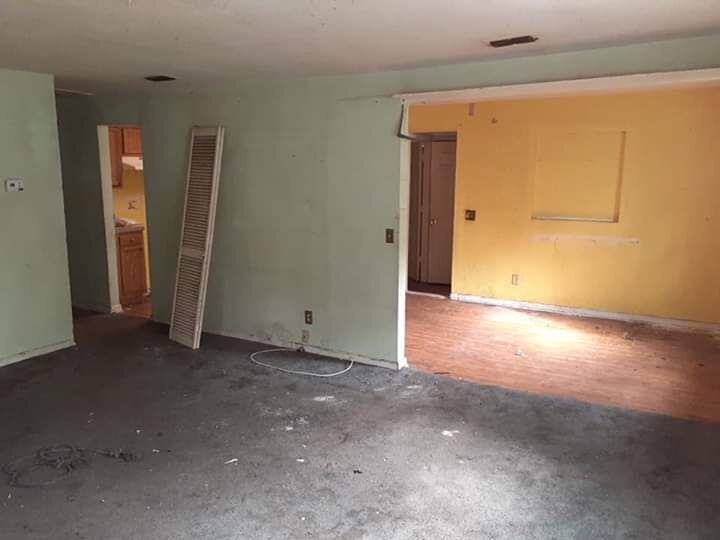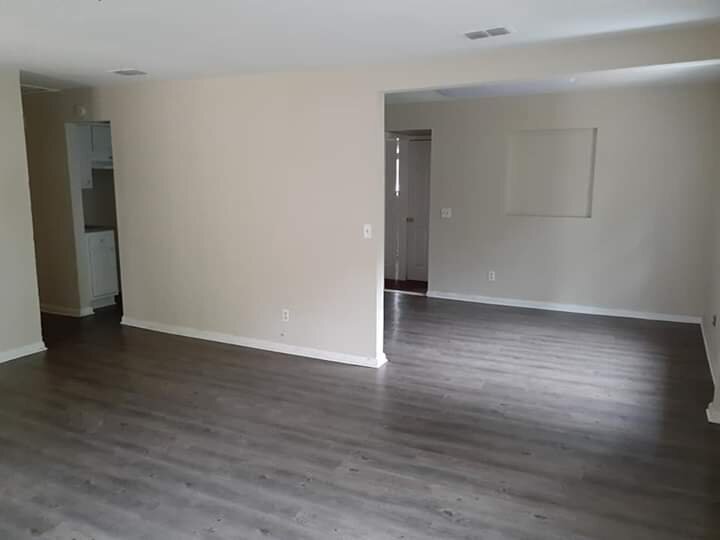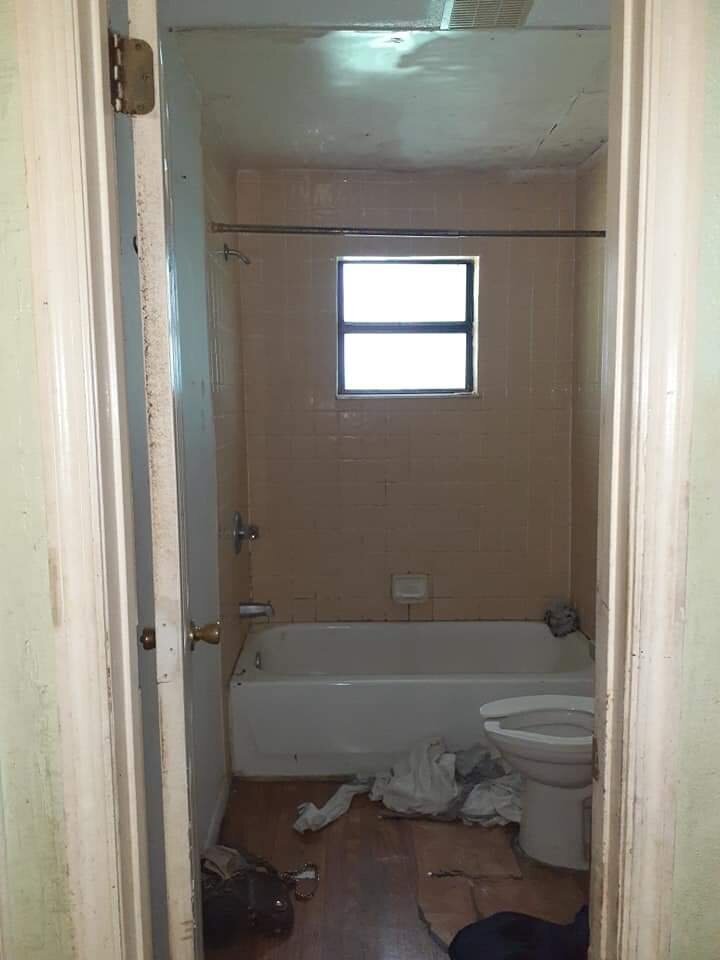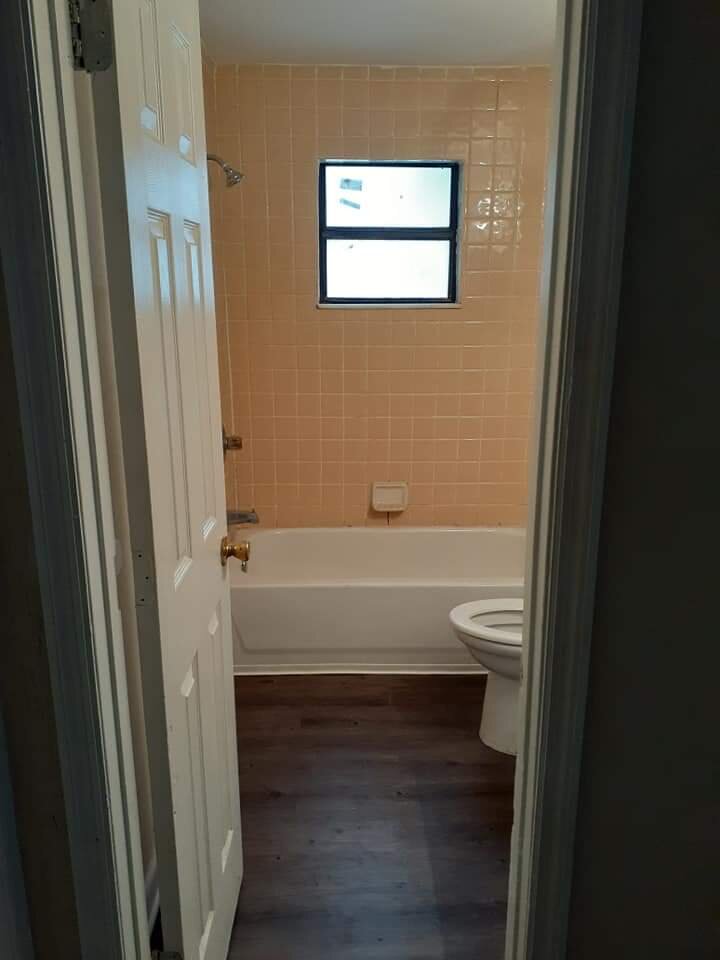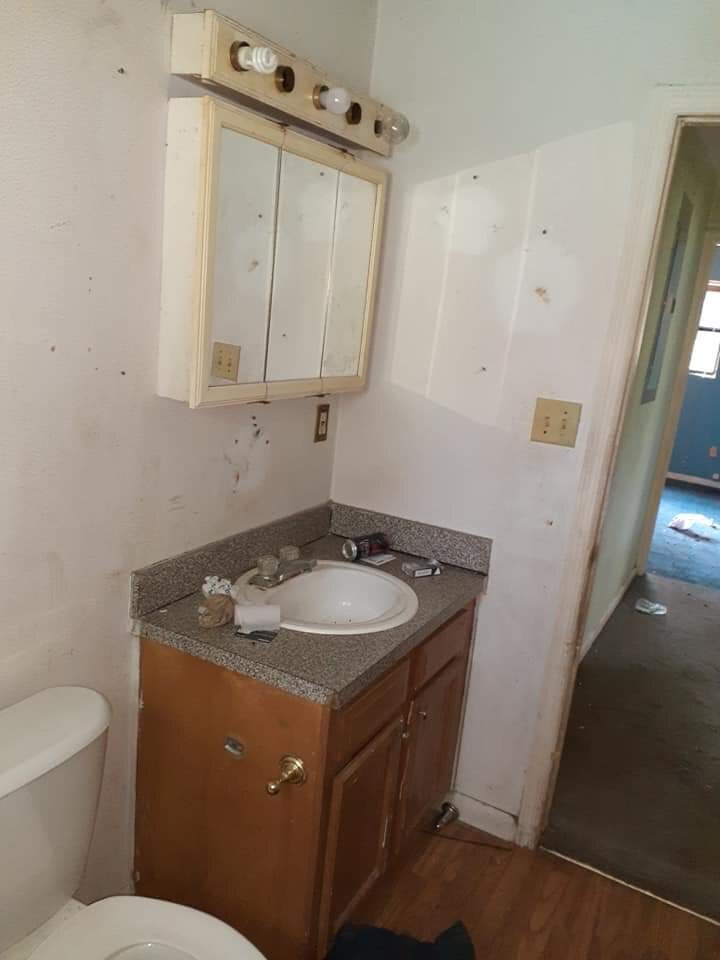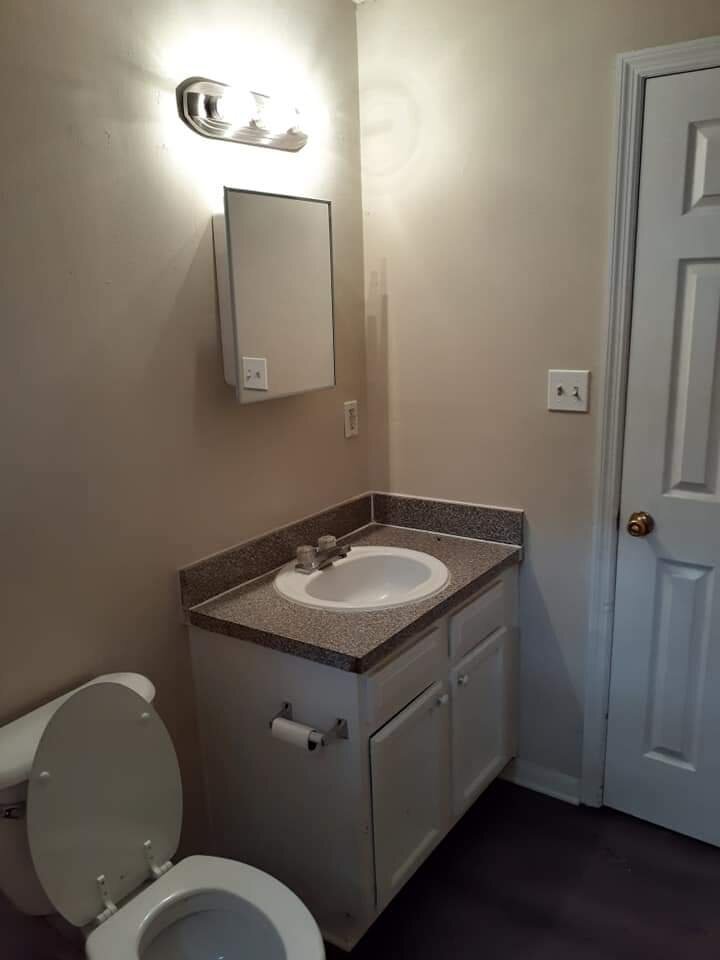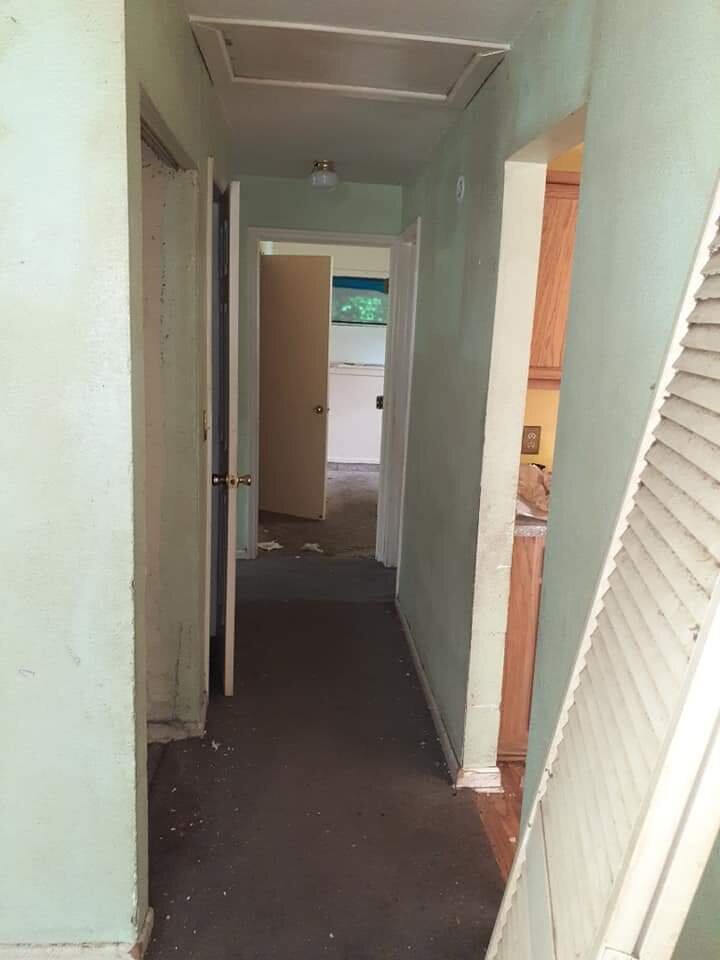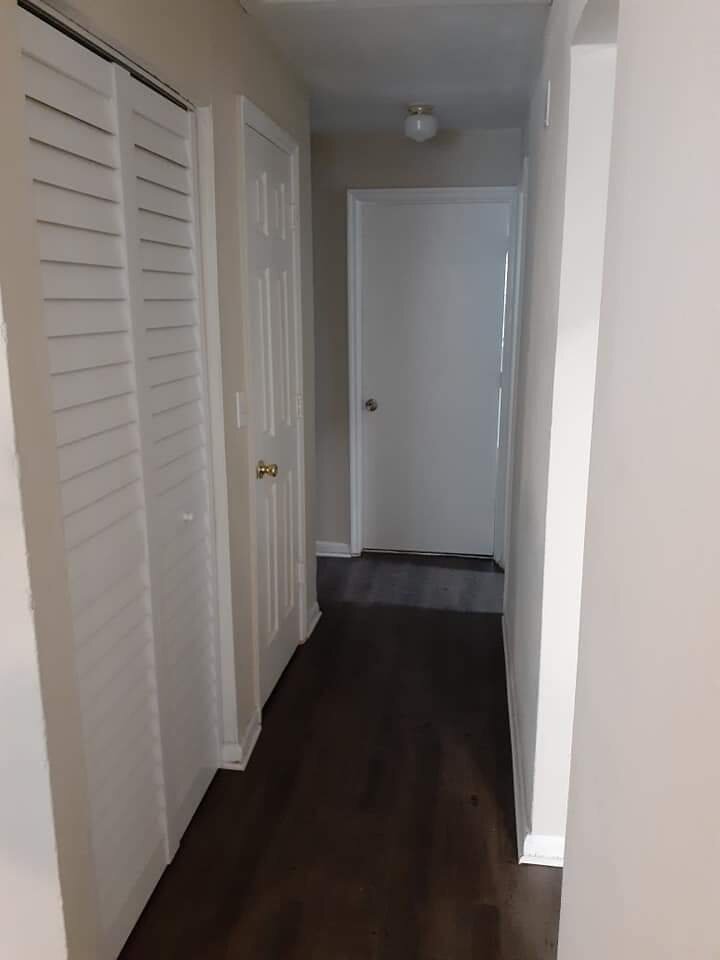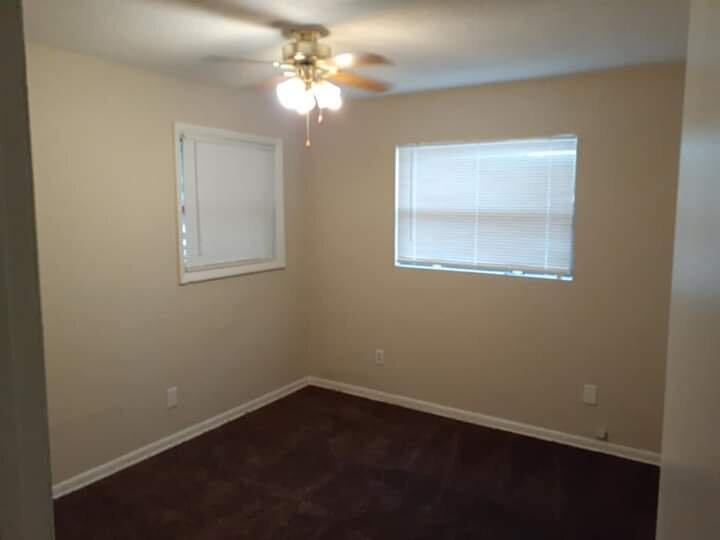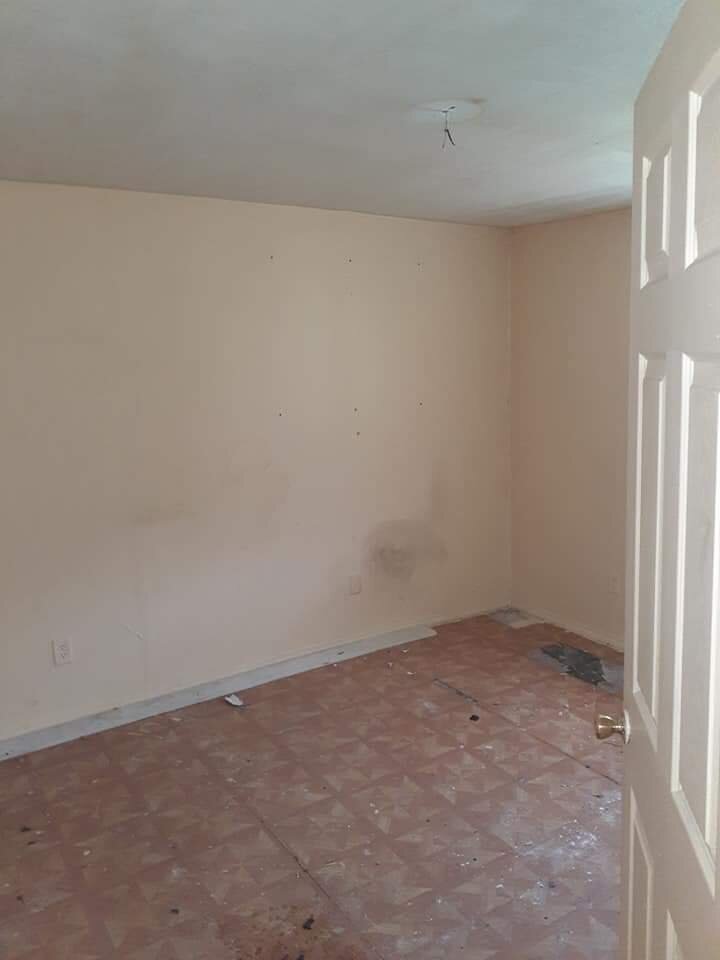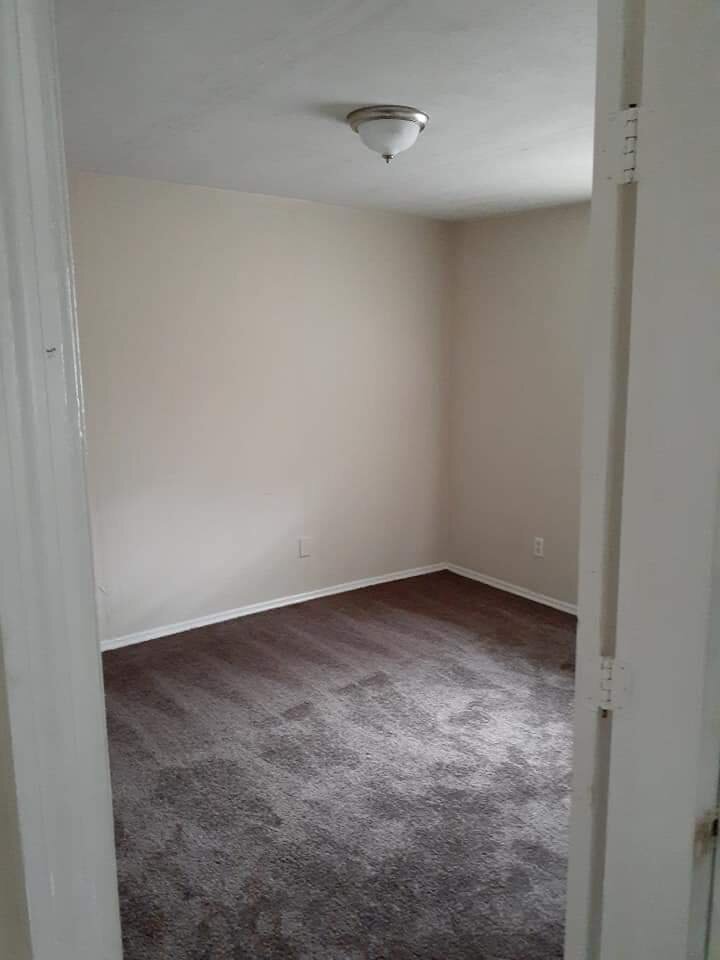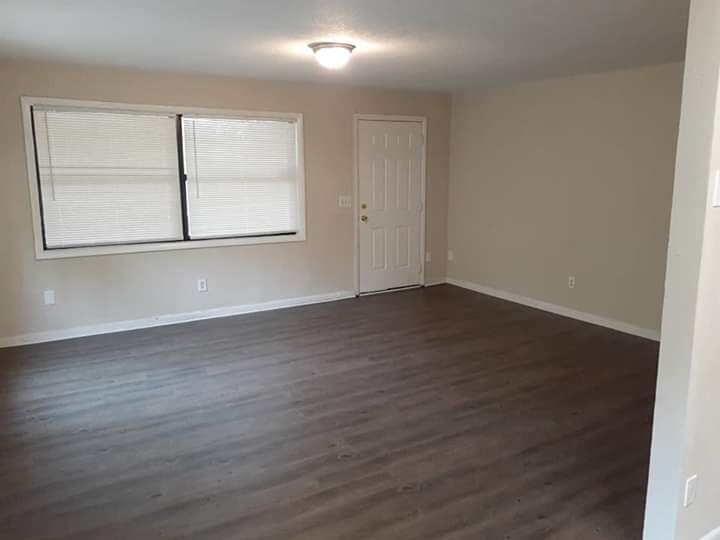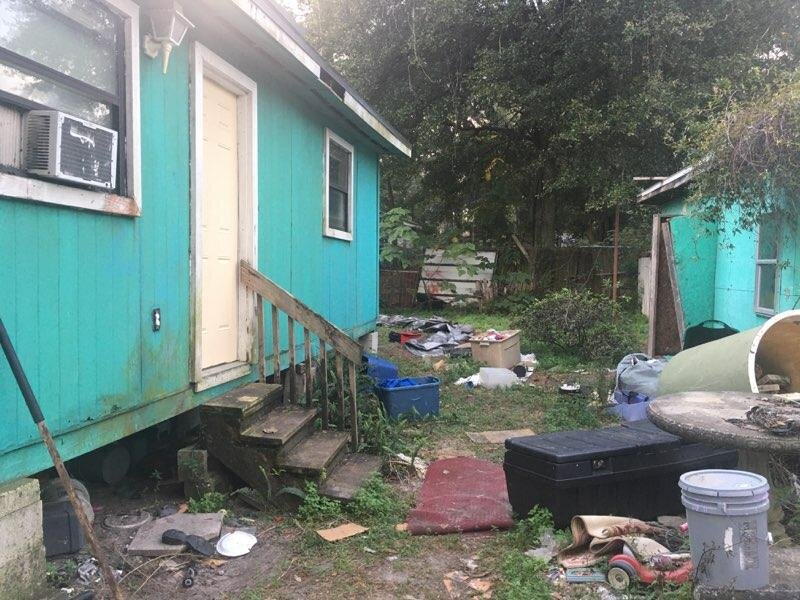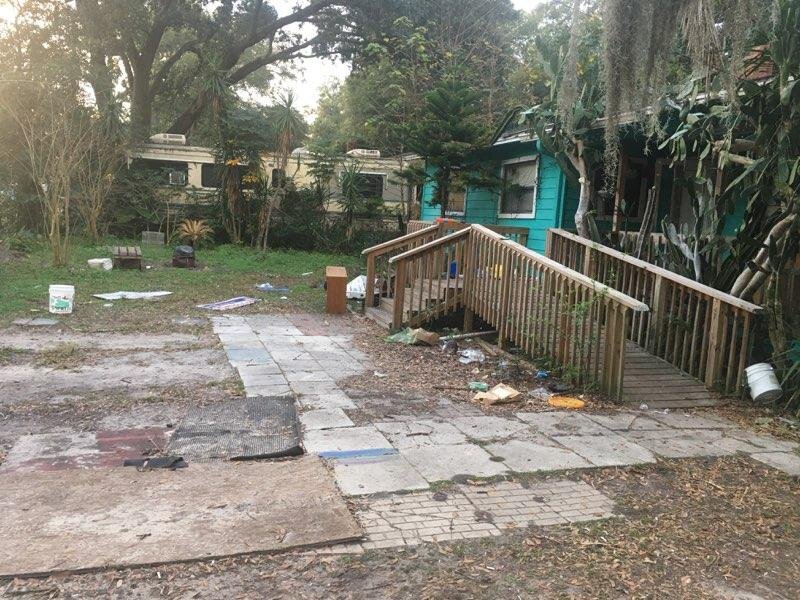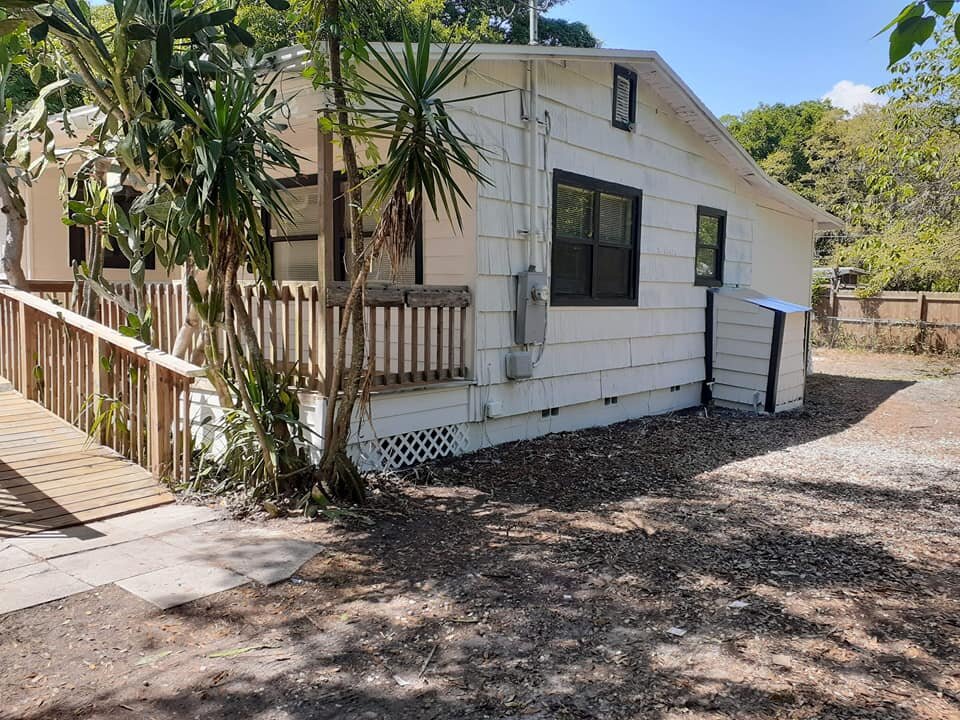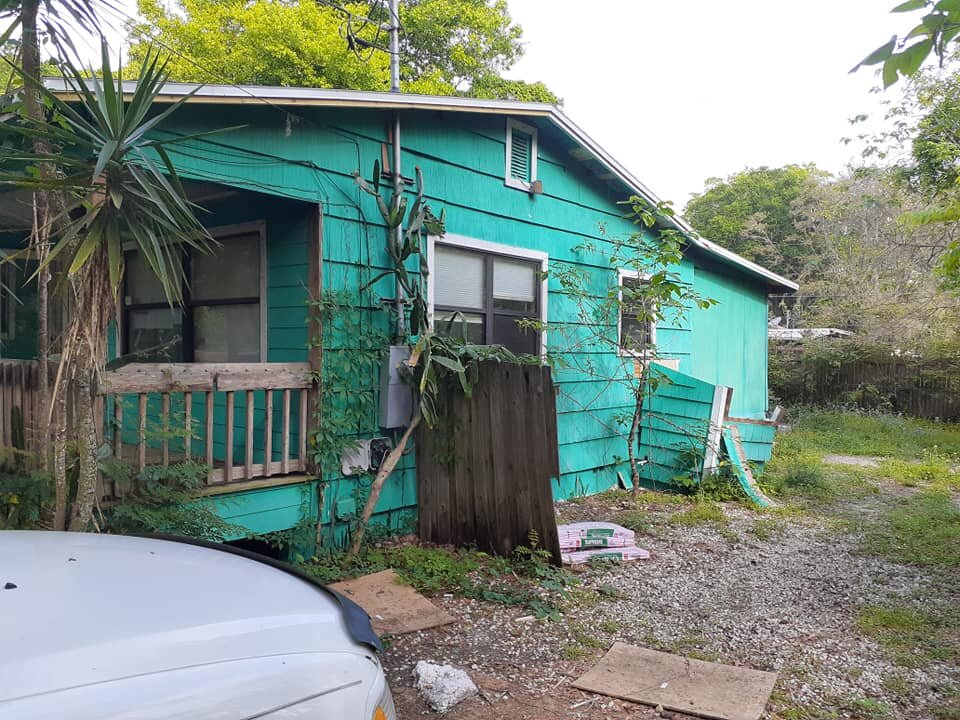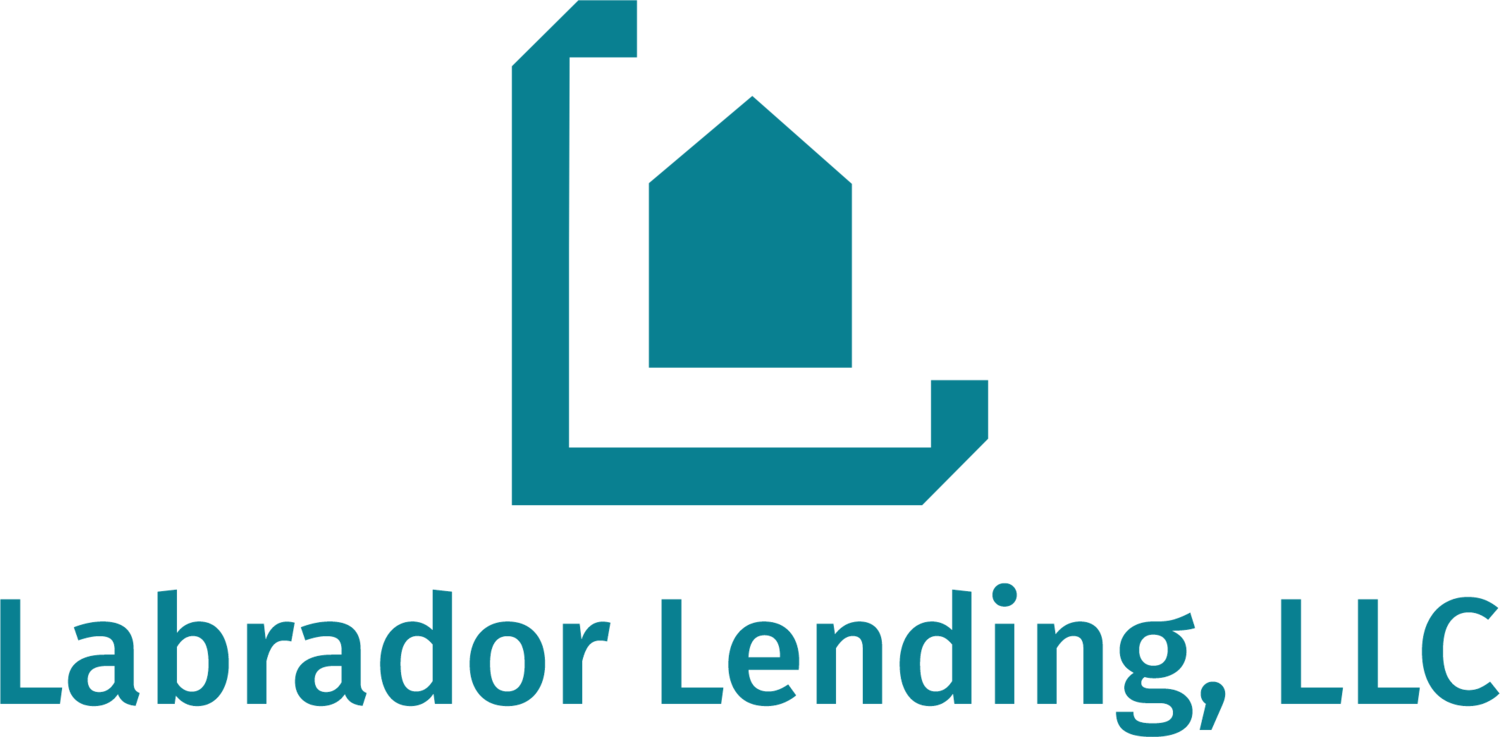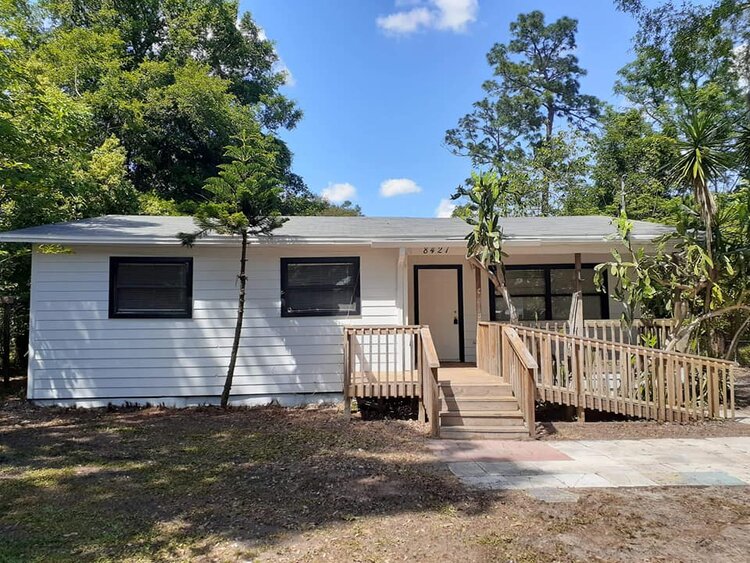How We Turned a Non-performing Note into a Cash-flowing Rental Property
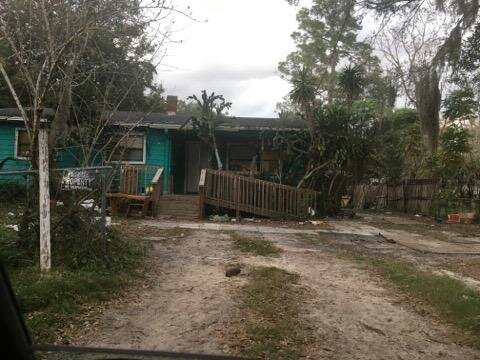
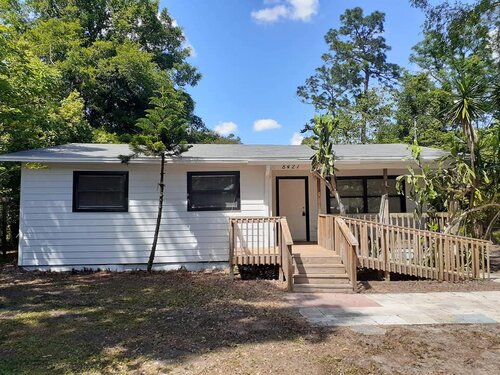
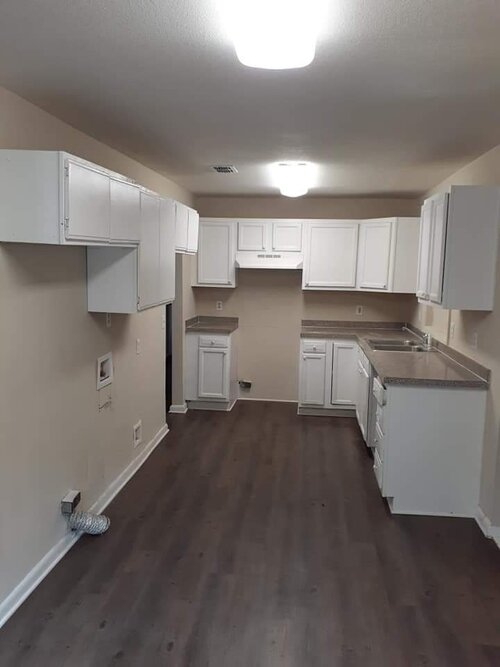
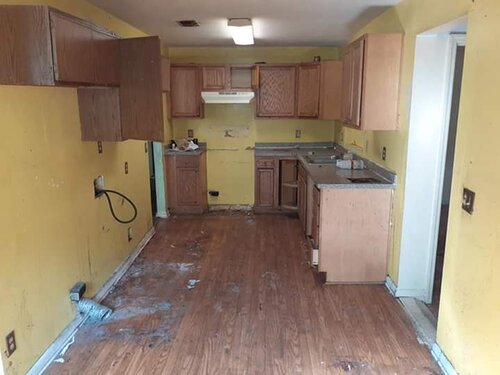
Background
This article is a follow-up to a post we made in December, 2019. If you have not yet read that post, we recommend you do so before proceeding. You can find it here.
This new article will provide an update to our project that began as a non-performing note, turned into a rehab, and is now a cash-flowing rental property. If you like numbers, you should check it out. If you like before-and-after pictures, we’ll provide plenty of those as well. If you are interested in a real-world case study showing how the world of note investing combined with rental-property investing can make the world better, read on. Oh, and if you enjoy learning how to make money through real estate, this article is for you.
Access to the Interior
In January, 2020, when the occupants of our property had had enough time to purchase a home of their own, we finally had access to the interior of our house. What we found was not pretty. As many real-estate investors can attest, there are often many surprises on the inside of a house. Although we had conducted an interior inspection the prior October, this was a cursory examination. And frankly, when I wrote the previous blog post, I was too optimistic on the required rehab costs. This is a common but often glossed-over mistake.
Although we have managed several rather extensive rehabs for other rental properties of ours, we had never done so from 750 miles away. In fact, to date we have never even been to Jacksonville, let alone this property.
Our Team on the Ground
Fast-forward a few months, and here we are. We did not realize we’d have to deal with a global pandemic (a mistake not quite as common as under-estimating rehab costs), but our stellar property management team (Suncoast Property Management) and contractors (primarily Mario Brothers Restoration and Turnkey Construction and Maintenance) kept us on track. We have been thoroughly impressed with the work of all three companies.
Improvements to the Property
The house now has a new roof, new flooring, new paint inside and out, and is simply in much better condition than it was a couple months ago. Oh, and it is no longer infested with bed bugs, so there’s that.
At the end of this article is a gallery of before-and-after pictures, so you can see the improvement for yourself.
Renting the Property
Even in the middle of a global pandemic, the property was advertised for only 2 days before we had a signed 12-month lease for listed rent amount.
A Look at the Numbers
At the end of the day, we are doing all of this to make a profit. Although this project has not turned out to be quite the home run we had hoped, I would still call it at least a double, if not a triple. Here are some of the basic numbers:
- $563 in cash flow per month, or $6,756 per year (after considering all expenses).
- 1.43% income-to-expense ratio. We arrive at this figure by dividing the monthly rent amount ($1,075) by the amount we have in the deal ($75,125). This is well under the 2% we had hoped for but is much better than we have done on any other rental of ours.
- $135,000 in equity we could pull out to invest in another project.
One negative about this project has to do with the time value of money. It took us just under a year from the purchase of the note to get the property rented. Although there were many legitimate reasons for the delay, there is certainly opportunity cost associated with having an investment tied up for so long without any returns to show for it.
Another thing to note is that this deal could have been even better. After we were under contract to purchase the note for $46,500, we learned that the seller would have taken $40k for it. Obviously, our returns would have been even better if we could have saved $6,500 on the purchase.
On the bright side, our projections are probably a bit conservative as the expenses associated with repairs and maintenance will likely be lower than we are forecasting considering we just fixed up the property.
If we decide to pull out some of the equity in the property through a cash-out refinance, our cash-on-cash return would be significantly higher (although our cash flow would be a bit lower). We would then have the ability to purchase another note or another rental property. Rinse and repeat.
Oh, and let’s not forget about the inherent advantages of rental properties, like the tax advantage of depreciation and the likely appreciation of the property value.
For the number nerds out there, here is a deeper dive into how this deal looks: analysis.
Impact Investing
A big reason we love investing in notes and real estate is the positive impact we can make on all involved. Here are a few ways that specific parties were positively affected by this project:
- the borrower had many thousands of dollars in debt forgiven (see previous post);
- the previous occupants are in a better situation now (purchased a home);
- we have provided affordable housing for our new tenants;
- we have supported—and continue to support—the local Jacksonville economy by employing contractors and our property management company;
- at least one house in the neighborhood is in much better condition now; and
- the deal will be profitable for us as real-estate investors.
The HGTV Effect: Before-and-After Pictures
